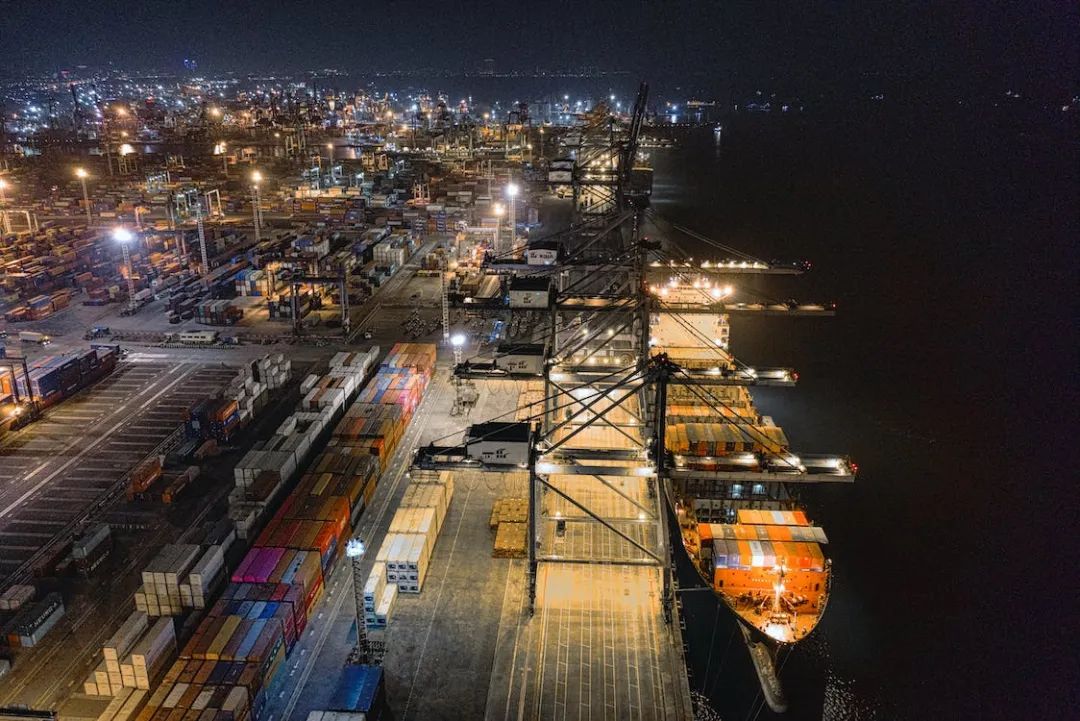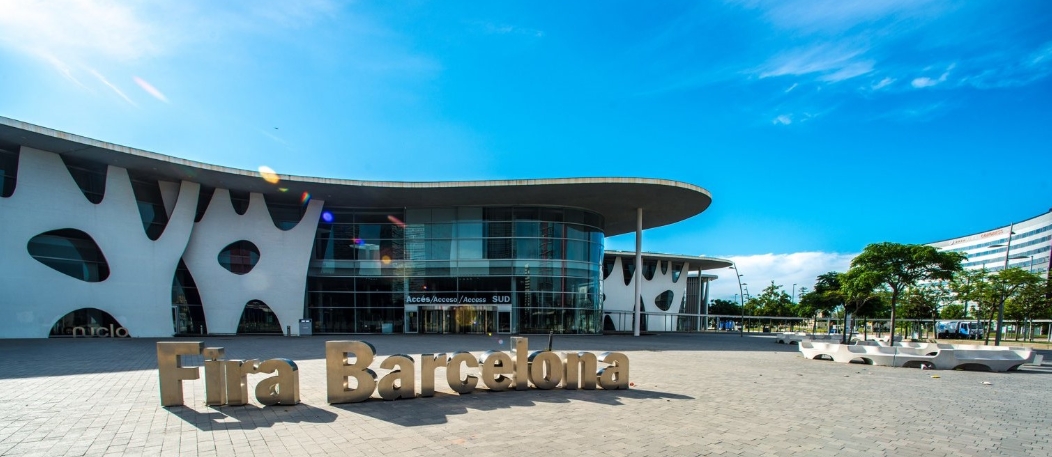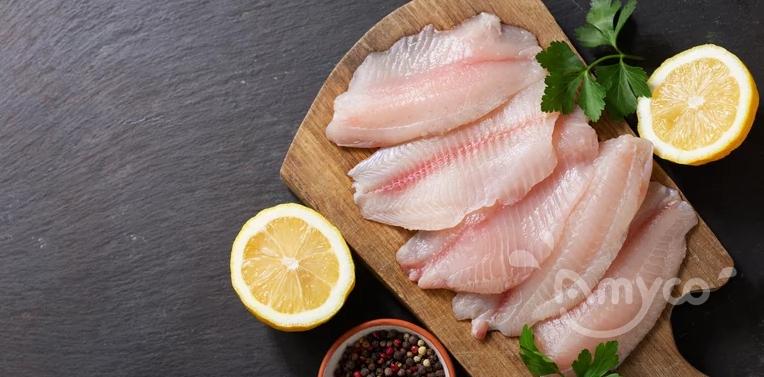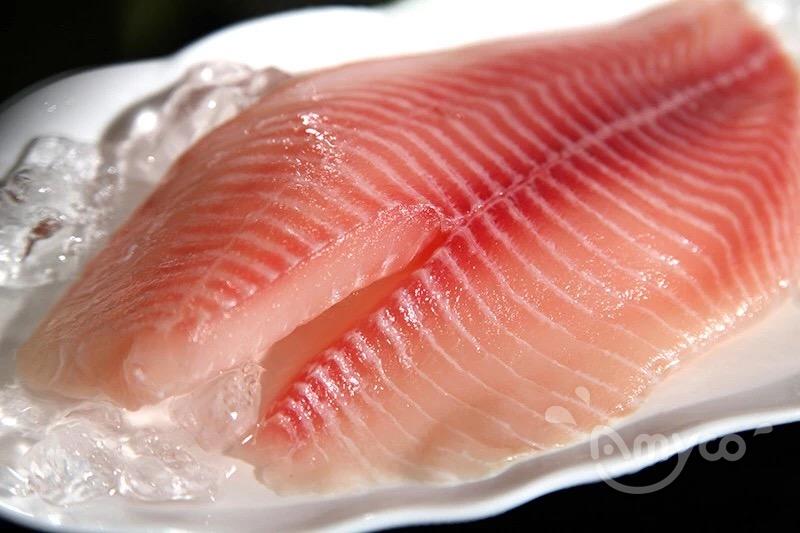Tilapia raw materials are soaring! Production dropped by 40%, and the market began to fight for fish
Recently, many industry peers said that after more than a year of downturn and losses, the tilapia market saw a significant improvement in August. It is understood that taking the 500g specification in the Pearl River Delta region of Guangdong as an example, the price of raw materials in the first half of the year was 4.5-4.6 yuan/500g. At present, the price of raw materials of this specification has risen to 5.5 yuan/500g, with an increase of up to 1 yuan/500g. In addition, the price of raw materials in Hainan reached 5.3 yuan/500g.Still no fish.
The recent increase in raw material prices is mainly due to the serious decline in overall tilapia production this year. Many industry peers roughly estimate that tilapia production this year will drop by about 40-50% year-on-year. Judging from the situation of pond storage, the current pond stock in Hainan is estimated to be less than 20%, and in Guangdong is estimated to be about 30%, and the size is mainly 250-400g, and the quantity of sizes above 500g is even more scarce.
Under this circumstance, factories are relatively tight in purchasing raw materials, presenting a situation of "no fish at the price". On the one hand, the factory mainly purchases raw materials with a specification of 350-500g , and the current inventory of this specification is lower; on the other hand, compared with the factory purchase price, the price of fish harvested by water trucks for the domestic market is generally 0.3-0.5 yuan/500g higher. . In this case, farmers are more inclined to supply raw materials to water trucks, so factories are more nervous to purchase raw materials and will face a certain "fish grabbing" situation.
The supply of tilapia fry is also in short supply this year, which will also affect tilapia production in 2024 to a certain extent. June to July every year is the recuperation period for the parents, and during this period there is basically no supply of seedlings. This year, due to climate reasons, the hatching of seedlings was affected, so the amount of seedlings dropped to a certain extent. At the same time, after the price of tilapia ponds increased in August, farmers were optimistic about the market outlook, and the demand for seed purchases increased, resulting in the current shortage of seed supply.
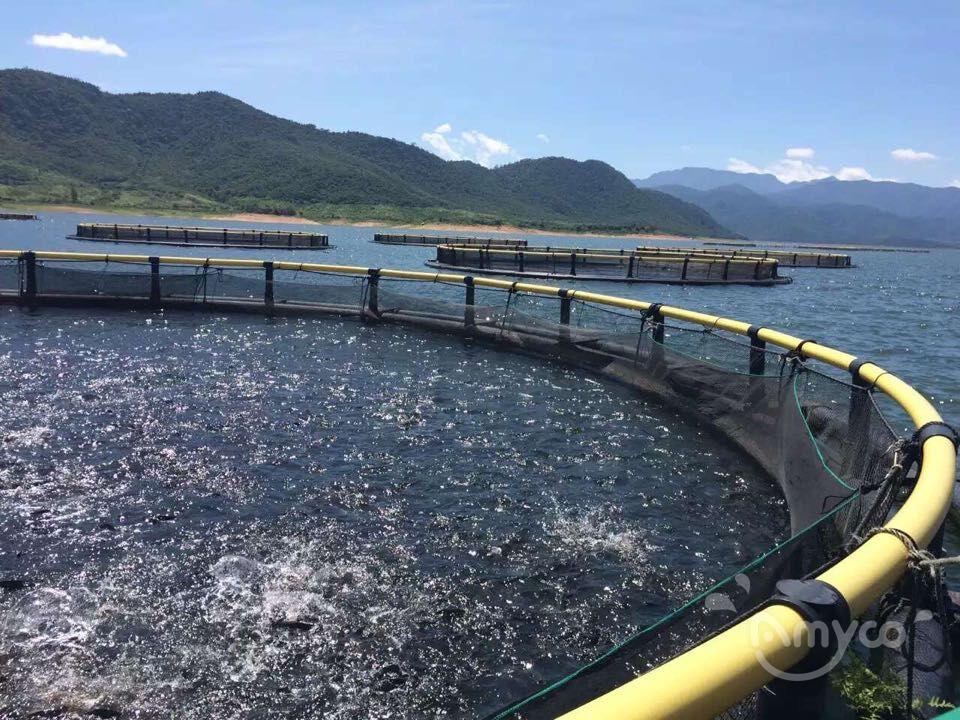
Tilapia is stocked with autumn seedlings and spring seedlings every year, with autumn seedlings generally accounting for only about 30% of the total spring seedlings. Therefore, the amount of spring seedlings that determines tilapia production is mainly the amount. Judging from the current situation, although farmers have some enthusiasm, the number of seedlings invested in the first half of this year decreased by about 60% compared with last year. Due to supply constraints, the overall production is not expected to increase significantly before the Dragon Boat Festival next year, and tilapia production may continue to be stable next year.
Entering August, downstream market demand also showed obvious signs of recovery.
From the perspective of the domestic market, with the gradual recovery of the market, the digestion of factory inventory and the boost to terminal catering and group meals during the school season, the consumer market has released positive signals .In August, many factories can clearly feel that the downstream demand is increasing: many factories have run out of inventory, and ready-to-eat food factories have a large and continuous demand for tilapia fillets. Currently, the market price shows signs of increasing to varying degrees, and the overall ex-factory price remains relatively stable. Stable, but given the shortage of raw materials and low factory inventory, products such as fish fillets are facing a certain shortage, and it is relatively difficult to adjust goods in the market.

For the export market, which is the main market for tilapia, the second half of the year is the traditional peak season for seafood exports. With the inventory in foreign markets gradually digested in the first half of the year, it has recently been in the ordering cycle of Christmas and New Year stocking in foreign markets, and demand has recovered. It is a normal market behavior.
The upward trend has also been transmitted to the downstream market. It is understood that under the background of shortage of raw materials and low overall order volume in the first half of the year, downstream customers will increase their order volume to a certain extent in the near future. At present, the ex-factory price of some factories has increased by 10-30% year-on-year in the first half of the year.
At the same time, the rise in raw material prices has also brought dilemmas to factories: the rapid rise has increased cost pressure on factories, and there is uncertainty about the acceptance of price increases by downstream customers. If factories hoard raw materials, they may face certain risks. ; But in the case of shortage of raw materials, the factory needs to collect a certain amount of fish. Some industry players said that it is necessary to achieve a certain balance between the two aspects, or to appropriately reduce the number of orders received in the downstream market.




